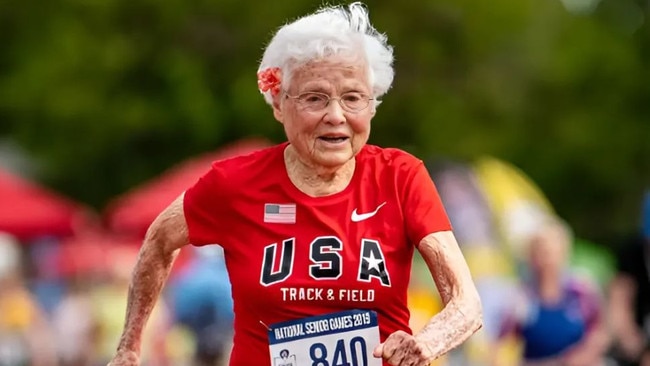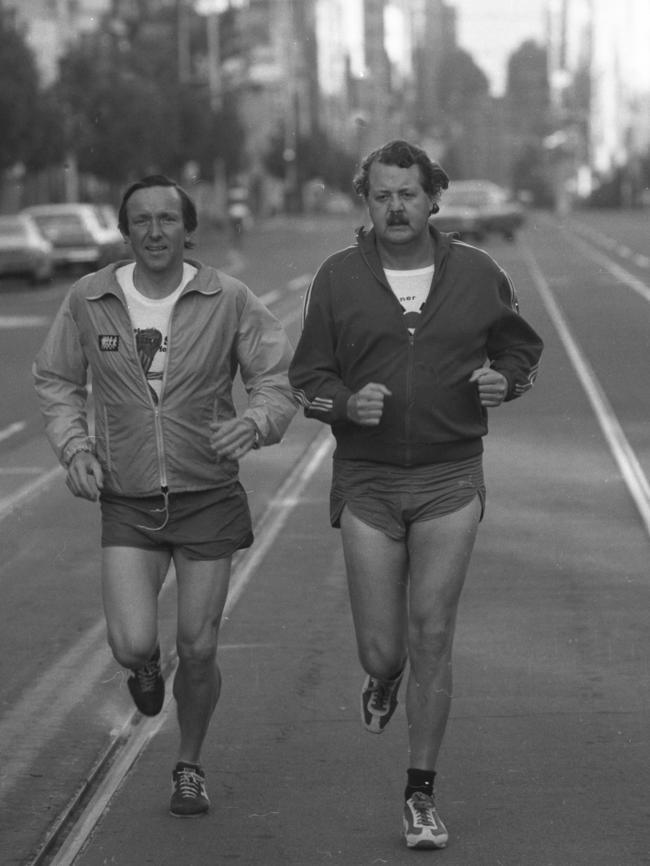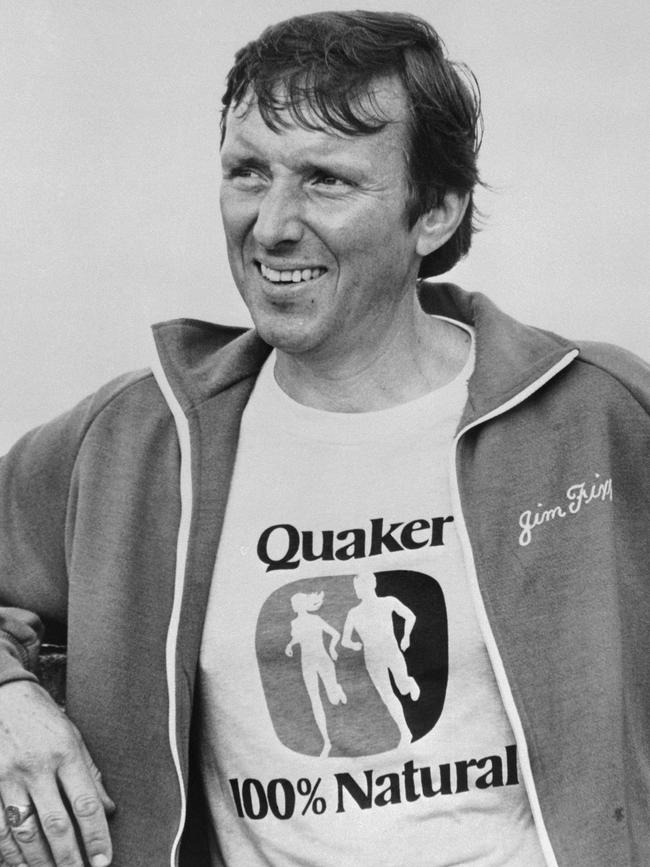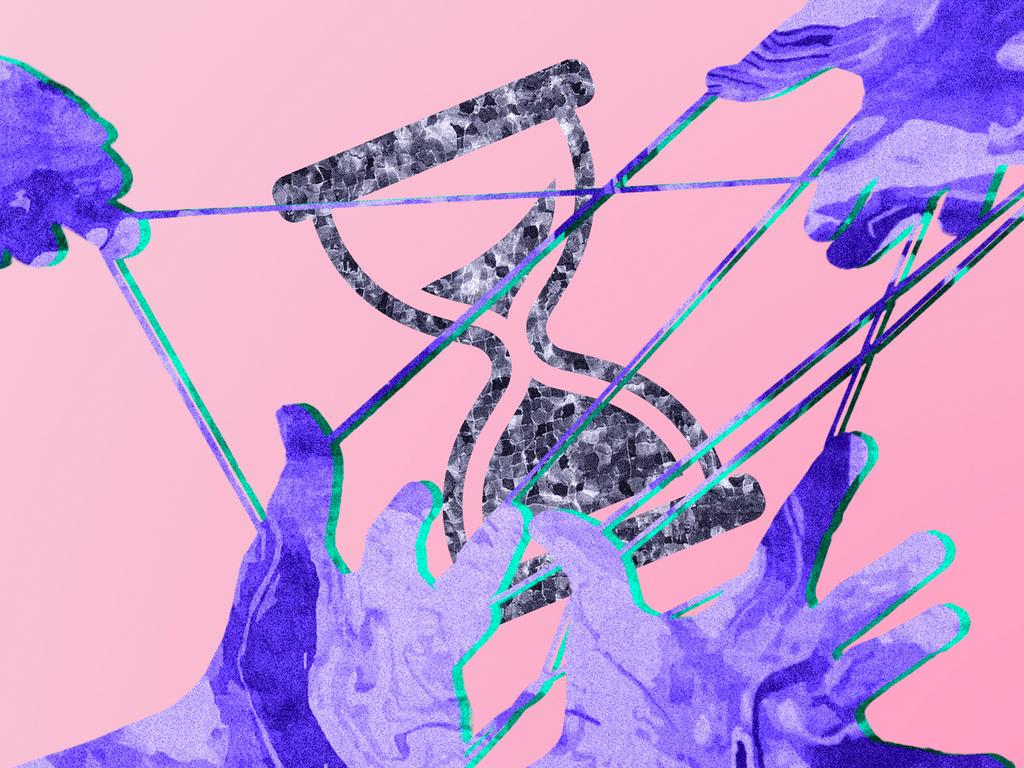I could blame Julia ‘Hurricane’ Hawkins for almost putting me in hospital, but I won’t
‘Hurricane’ Hawkins may have been responsible for a very short-lived attempt to return to my youth when running was my addiction. But I am wholly at fault.

I could blame Julia ‘Hurricane’ Hawkins for almost putting me in hospital recently, but I won’t.
That would be unconscionable, unfair, and inaccurate. It would sully the reputation and memory of an extraordinary woman. So I will refrain from the blame game.
Though it was Hurricane Hawkins who pulled the trigger on my very short-lived and wholly quixotic attempt to return to my youth. To presume that I could simply slip back into my limber former self and expect to carry on without a blemish. Without an ambulance.
Yes, Hurricane was responsible for that. But I am wholly at fault.
It happened like this.
As an impressionable teenager I became obsessed with The Complete Book of Running by James Fixx, published in 1977. That volume is credited with triggering a fitness revolution in the US, trumpeting as it did the health benefits of running. It became my bible. I ran (or “jogged” as they used to describe it) six afternoons a week, every week.


I had a natural proclivity for long-distance running at school. By my late teens I was competing in fun runs and 10km events.
When my prophet Mr Fixx dropped dead of a heart attack – while running – I was not deterred. Runners, I reasoned, could not afford to dwell on the grand irony of Fixx’s passing. Running was beyond irony.
This evening running habit continued unabated through my 20s and 30s. Wherever I was in the world, I ran. I had sweated my way through Paris and London and the German port city of Bremen. I had jogged in the Spanish summer heat and throughout mild winters on the Gold Coast.
Running was when I was happiest. It was my meditation, my yoga, my addiction. I wore out dozens of pairs of running shoes.
Then in my 40s I stopped, sweating and heaving, on life’s railway track, as the great steel locomotive of parenthood hit me fair and square, and my daily ritual disappeared.
Over time I replaced the running with itinerant walks. But where was the rush in a walk? Where was the runner’s high? The indescribable mental satisfaction of pushing yourself to your physical limit and collapsing, spent, only to come back and do it the next day? Where was the joy of pain, for heaven’s sake?
Then, in late October this year, US athlete Hurricane Hawkins died. She was 108.
Julia Hawkins – nicknamed Hurricane by her fellow athletes – started running after she turned 100 and was soon competing in officially sanctioned athletic meets.
In 2017, she set a world record in the 100m sprint in the “women-over-100” category, clocking in 39.62 seconds. Later she won the “women-over-105” category. They had to create the category to accommodate Hurricane’s longevity.
She reportedly said that when she ran it felt like “your feet had wings”.
Hurricane, who was famous for wearing a flower tucked behind one ear when she took to the track, had quietly shamed the long-dormant runner in me. Here was a woman who was born in Wisconsin in the US well before the end of World War I. Whose husband had been posted to Pearl Harbour after it was attacked by the Japanese in December 1941. Who was old enough to be a grandmother when I was born.
And I couldn’t pull myself off the couch, slip on a pair of runners and go for a jog?
So in honour of Hurricane, I did just that.
While I hadn’t had a full gallop for years, I had been walking most mornings for a casual half-hour or so. I had recently lost some weight. And the jogging shoes, while a few years old, were still in good shape.
On the recent momentous day I planned to return to running – Hurricane Day! – I started with a brisk walk and then, after five minutes, gently eased into a one-minute jog, then back to a walk. I did this for about 50 minutes – five off, one on – and made it back to my starting point covered in a fine sheen of sweat.
During this triumphant return to a previous incarnation I felt him inside me – the dormant ex-jogger. He briefly hovered about like a skein of morning mist on a lake. I could feel the slight awakening of muscles I’d forgotten I had. Ancient neural pathways began to flicker like the house lights during a thunderstorm.
Although I was too puffed to actually annunciate the words, two of them profoundly announced themselves in my mind near the end of that first triumphal walk-jog: I’m back.
Driving home, alive again after two decades of slothdom, I was brimming with the pre-emptive ether of what I mistakenly identified as the old runner’s high, that peculiar euphoric natural drug released by running.
I would now canter daily. I would return to the almost holy act of running, that level of peace through repetition, that wholly primitive but transcendent state of human locomotion.
That night I slept the sleep of Nike, the Greek goddess of victory.
I woke the next morning, however, feeling like an atrophied crab. I literally couldn’t move. It took about 20 minutes to unfold myself.
I wandered about, hunched for three days, unable to rise fully to my natural height thanks to a vice-like seizure of the lower back. It was not a tonic for the self-esteem.
I momentarily cursed Hurricane Hawkins.
But it wasn’t her fault. I had gone too hard, too fast. Preparation was key and I had done none.
I took heart in a recent study out of Taiwan, published in the peer-reviewed medical journal, The Lancet, titled “Minimum amount of physical activity for reduced mortality and extended life expectancy: a prospective cohort study”. (I’m a sucker for anything with “mortality” in the title.)
The study surveyed 400,000 people about their exercise regimes, and among many things it concluded that running trumped walking in terms of contributing to a person’s longevity.
A five-minute run, it concluded, was equal to a 15-minute walk in extending your lifespan. Regular runners, it found, were also 30 per cent fitter than walkers.
So there.
My instincts were right. All I had to do was align my body to them.
Mark my words. I’ll be returning to this running caper with gusto.
As soon as I’m able to stand up again.





To join the conversation, please log in. Don't have an account? Register
Join the conversation, you are commenting as Logout